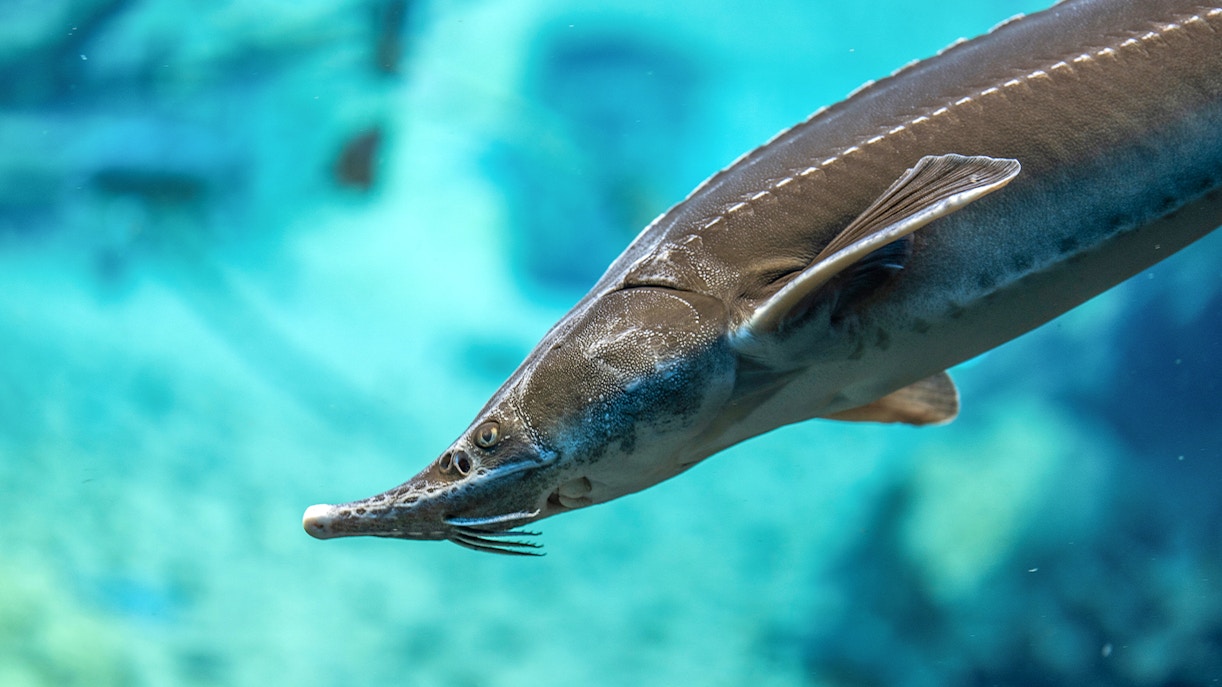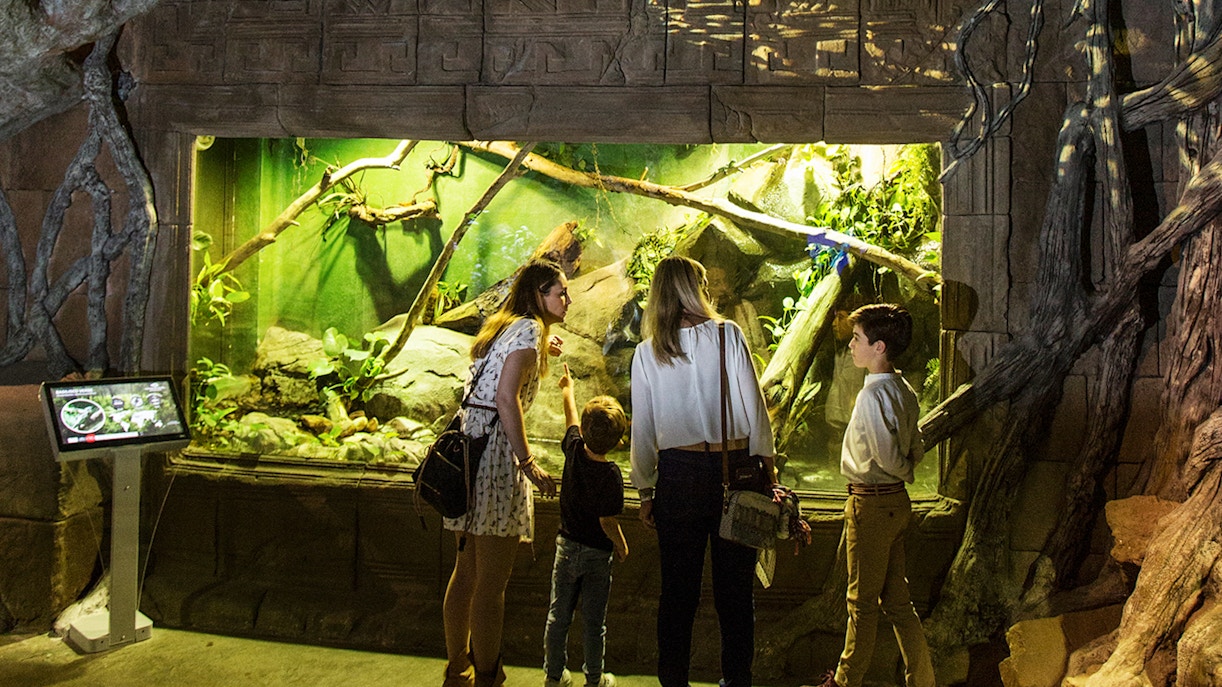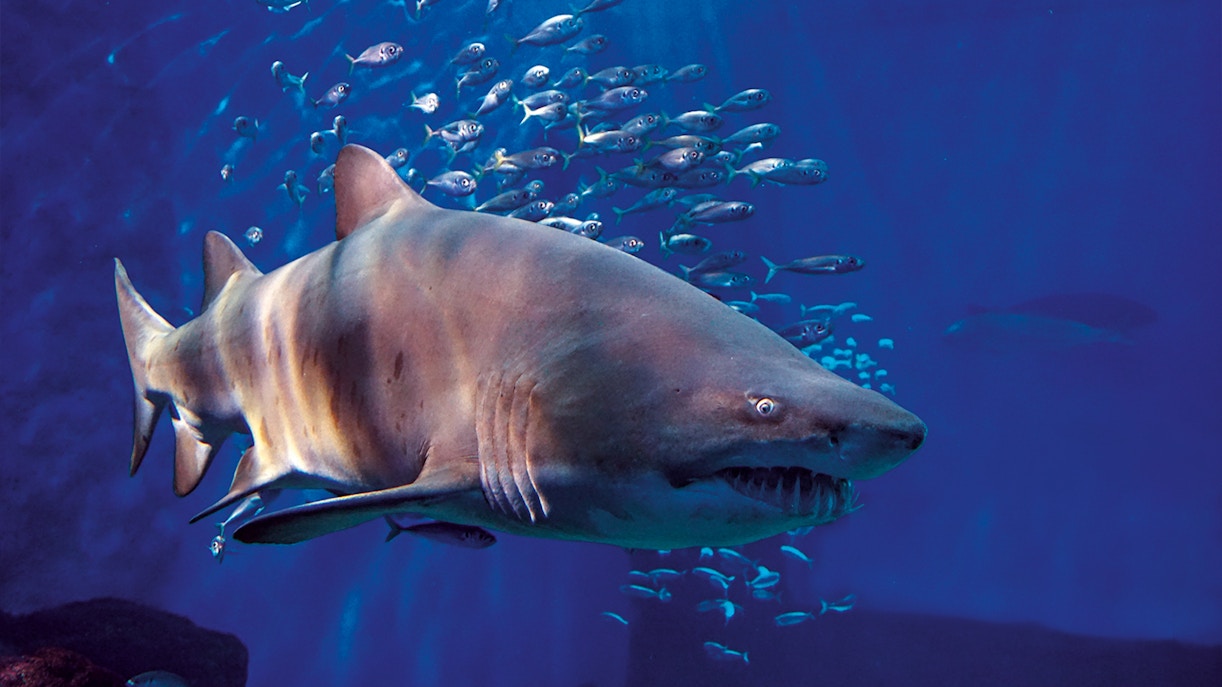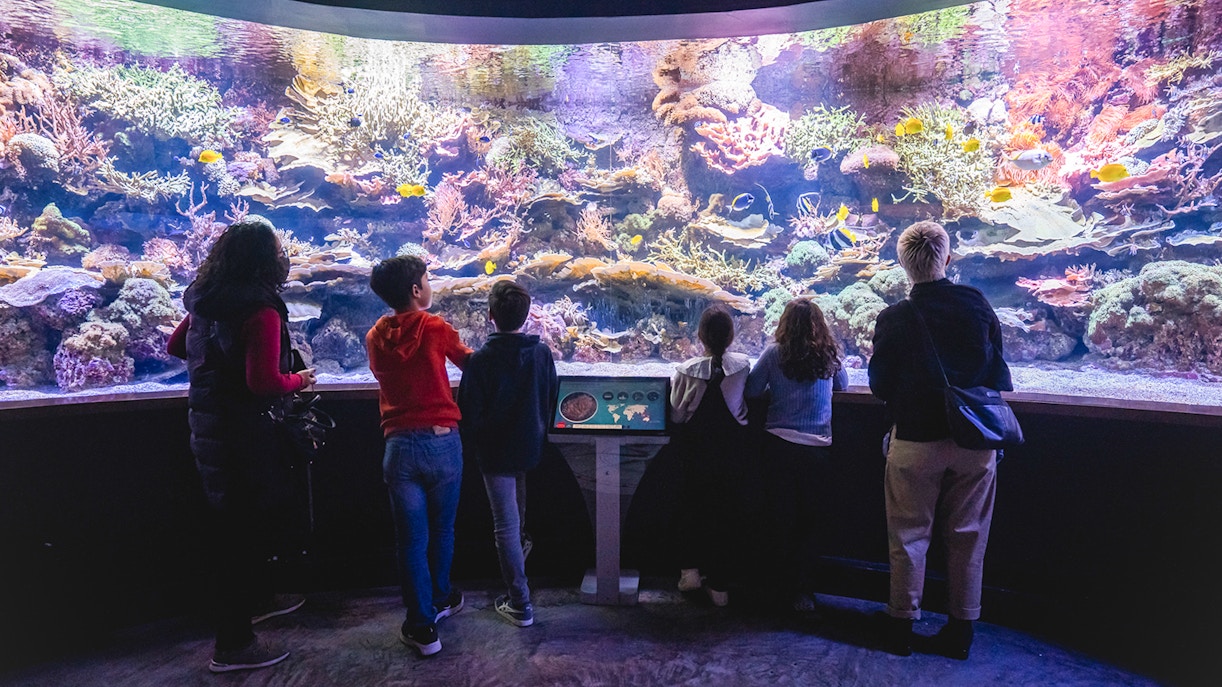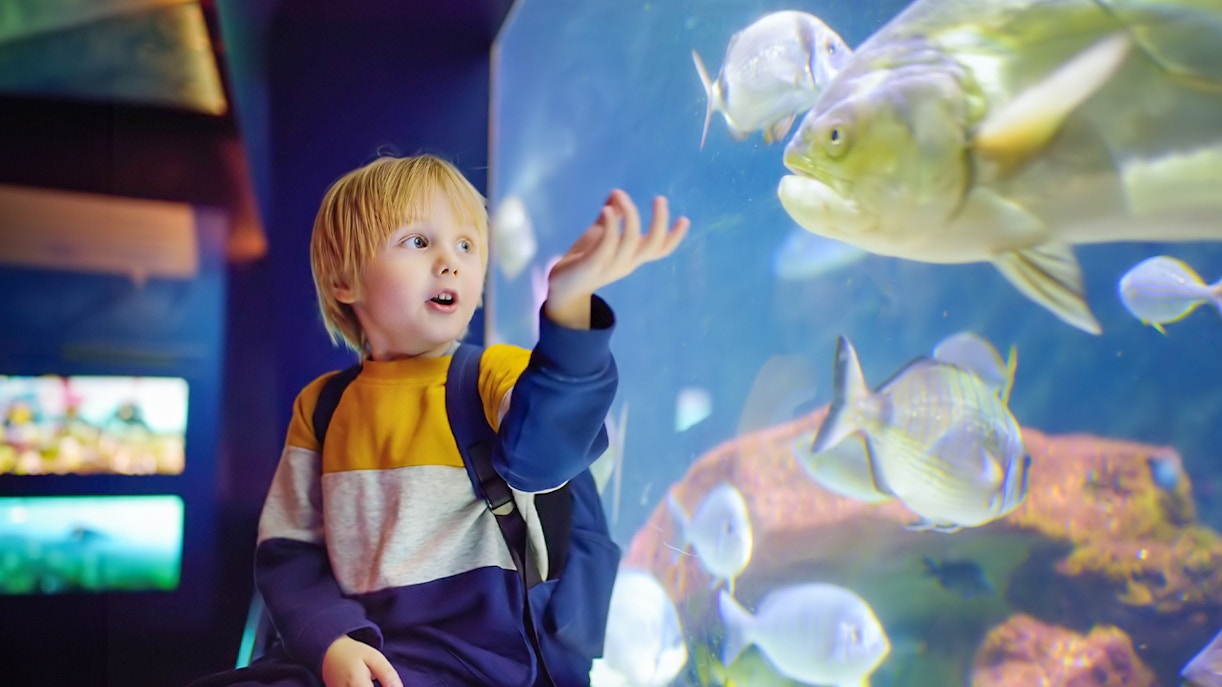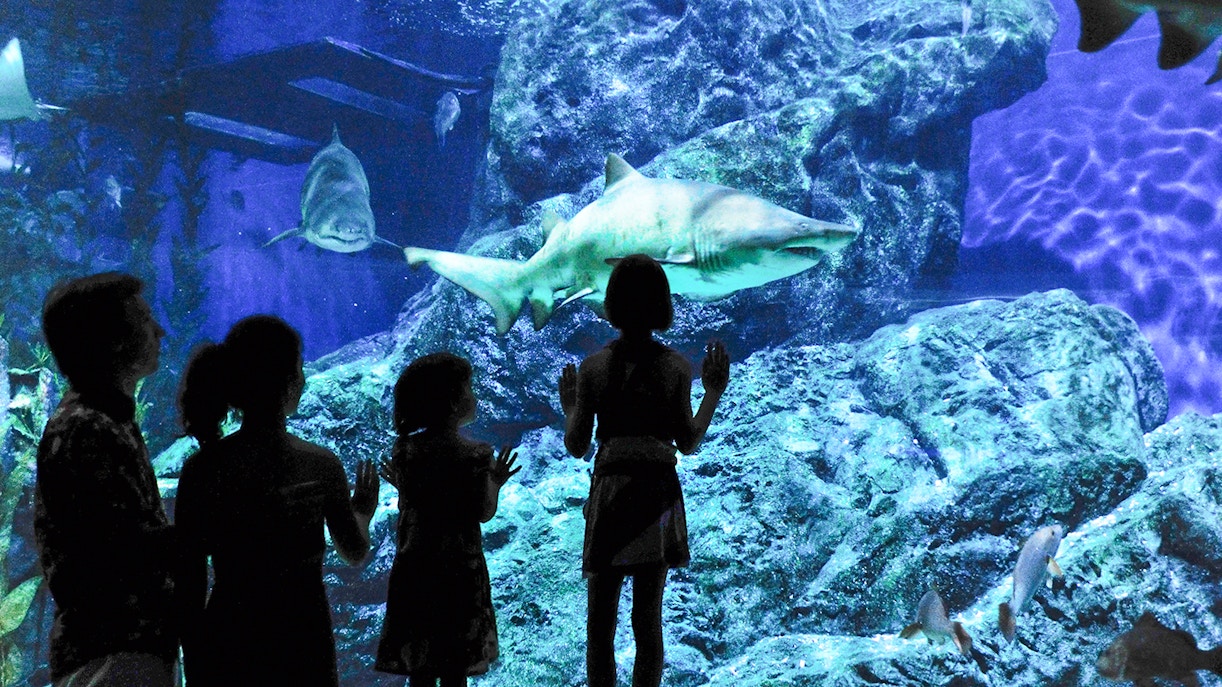The Guadalquivir River, a vital artery of Seville, flows through diverse landscapes, from its headwaters in the Sierra de Cazorla to its marshy delta near the Atlantic Ocean. This riverine journey is beautifully captured within the Seville Aquarium.
Wildlife in the Guadalquivir River Zone:
- Common Carp: These adaptable fish are a common sight in the Guadalquivir River.
- Adriatic Sturgeon: The Adriatic sturgeon is a critically endangered species. The aquarium's has made several efforts to conserve this species.
